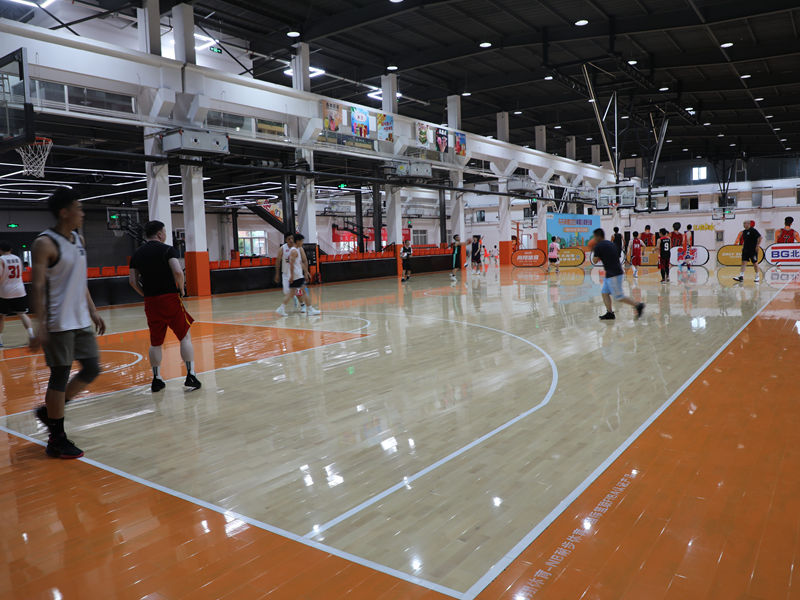
2025-06-11 14:30 Clicks:58
Here’s a clear, data-backed look at whether wooden (maple) flooring is a good choice for gyms:
Top Athletic Performance
Offers excellent shock absorption and consistent ball bounce—ideal for sports like basketball and volleyball .
Maple’s Janka hardness (~1450) ensures resilience under heavy use .
Durability & Longevity
Maple gym floors typically last 38 years or more with proper care .
They can be resurfaced every 8–12 years, restoring performance and appearance .
Player Safety & Comfort
A sprung or keel subfloor enhances shock absorption, reducing joint strain and athlete fatigue.
Maple flooring can minimize slipping while providing proper grip .
Aesthetic & Cleanability
The light, fine-grain look paired with a glossy finish delivers a premium, professional appearance .
Cleaning is simple—dust-mopping and occasional wet mopping suffice .
Eco-Friendly Material
Maple is often sourced from sustainably managed forests, making it a renewable choice .

High Initial Cost & Maintenance Needs
Initial installation can cost $15–$25+/sq ft, with annual refinishing and maintenance adding up over time.
Floors should be sanded and sealed every 7–12 years, with lighter recoats annually .
Sensitivity to Environment
Wood is vulnerable to moisture, humidity, and temperature swings—proper climate control (35–50% humidity, 55–75°F) is essential .
There’s also the potential issue of noise amplification due to hard surfaces.
Surface Damage Risks
Prone to scratches and dents from heavy equipment, so usage guidelines and protective mats are recommended .
Lateral shock absorption is less effective, which means sudden stops can transmit force to joints .
“Put down sheet plastic then install interlocking rubber tile… This is what I do for a living.”
That’s in reference to protecting wood floors under heavy gym equipment—highlighting wood’s vulnerability to heavy loads and moisture .
Yes, if your gym emphasizes sports, performance, aesthetics, and you're willing to invest in maintenance and climate control.
No, if it's a heavy equipment or weight-room space—synthetic or rubber floors are safer and more durable in that context.
| Gym Area Use | Best Flooring Option |
|---|---|
| Sports court (basketball, etc.) | Maple hardwood with sprung subfloor |
| Weight/strength equipment area | Rubber mats over plywood/rubber tile |
| Multipurpose space | Engineered wood or vinyl |